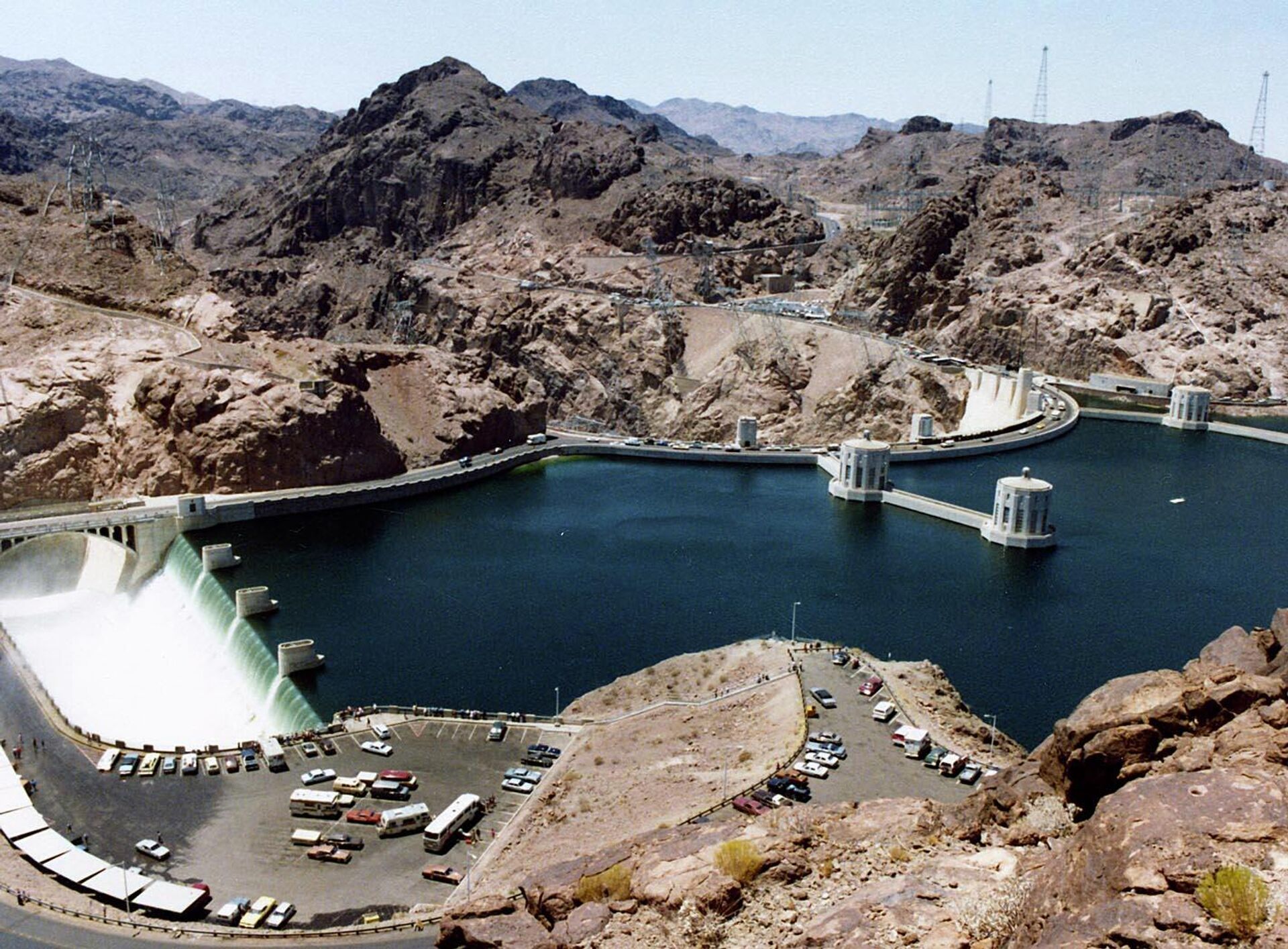Meteorologists Warn ‘Megadrought’ in US Southwest is Worst in 1,200 Years
16:41 GMT 12.05.2022 (Updated: 14:11 GMT 14.02.2023)
Subscribe
A new study has found that the 22-year-long water shortage plaguing the American Southwest and western Mexico is the region’s worst in more than a millennium - a phenomenon dubbed a “megadrought.”
The study, published in Nature Climate Change, found that soil moisture deprivation has exceeded that of a megadrought in the 16th century that was previously the region’s worst known drought.
It’s so bad that University of California Los Angeles geographer Park Williams, the study’s lead author, has warned it would take a prolonged shift in weather patterns to remedy things.
“It’s extremely unlikely that this drought can be ended in one wet year,” he said in a Columbia Climate School news release.
The researchers looked at tree rings to compare the present drought’s intensity with those of years past, since trees generally produce wider rings in wet years and narrower rings in drier years. They found that since 2000, the average soil moisture deficit was twice that of any drought of the past century, with nothing comparable being found until 1,200 years back.
That drought, in the 9th century CE, is blamed for causing the collapse of the Classical Maya civilization, responsible for the great stone cities of Tikal and Chichen Itza, the ruins of which are popular tourist sites today.
The region has always been quite dry, of course, with four large deserts dominating the terrain and the rest being fairly arid. Indigenous civilization was well-adapted to the precarious conditions, but modern cities have been built without respect to climate - and may soon suffer the consequences.

Water spills into the Arizona spillway from Lake Mead, Hoover Dam, July 1983

Intake towers for water to enter to generate electricity and provide hydroelectric power stand during low water levels due the western drought on July 19, 2021 at the Hoover Dam on the Colorado River at the Nevada and Arizona state border.
Reservoirs created by hydroelectric dams, like the famous Hoover Dam outside Las Vegas, Nevada, that holds back Lake Mead, are reaching historic lows. The lake provides the City That Never Sleeps with its freshwater, but has suffered steady water loss since 1983, which has accelerated in recent years, requiring modifications to Hoover Dam’s turbines to allow it to continue producing electricity despite the low water level.
Recently, objects long believed hidden below the lake’s surface have begun to emerge, ranging from the source pipe that brings fresh water to Las Vegas to barrels containing dead bodies believed to have been killed by gangsters.
With the lake level dropping at Lake Mead, bodies are showing up....this could get interesting....🤔 pic.twitter.com/Yw02aWgrBJ
— Troy Warren (@chvyrod) May 2, 2022
For the first time ever, one of the water intake pipes in Lake Mead — responsible for supplying Las Vegas with water — is visible above the lake's surface. pic.twitter.com/q8deedcgqX
— Las Vegas Locally 🌴 (@LasVegasLocally) April 27, 2022
Lake Powell, which is upriver on the Colorado River from Lake Mead and is held back by the Glen Canyon Dam, is in even more dire straits. Cities like Scottsdale and Tuscon, which source water from the reservoir, have already begun the process of implementing “drought plans” and Phoenix, the fifth-largest city in the United States, is expected to start one next year.
Arizona Water Resources Director Tom Buschatzke warned in a Sunday op-ed in Arizona Central that further conservation demands might be made, but said the situation is not immediately dire.
However, drier conditions also increase the danger of wildfires like those that have ravaged drought-stricken California in recent years. In New Mexico, the Hermits Peak/Calf Canyon Fire has been driven by strong winds and dry conditions to consume nearly 200,000 acres. More than 1,800 firefighters and support personnel are trying to tame the blaze.

